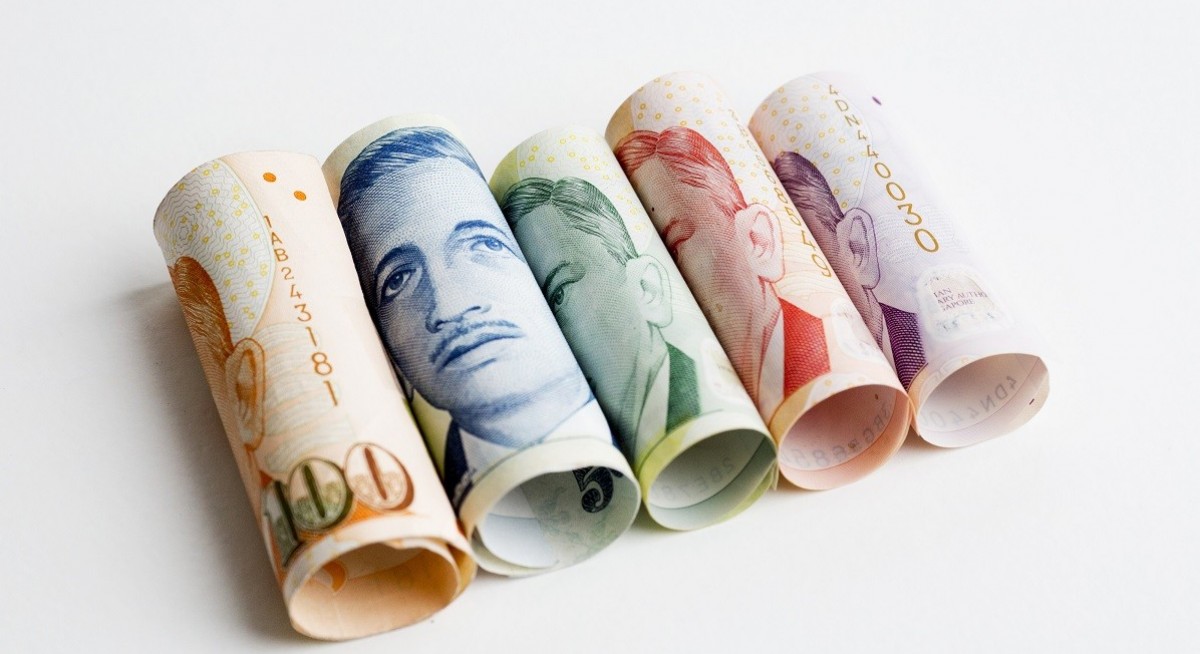So far, so good: Prices have largely held up, with the offer price of every new issue trading around or above par, despite the increase in supply year to date. Aside from new issues, a rising tide appears to have lifted all boats, with almost all perpetuals (including existing issuances) delivering a positive return year to date.
Is there a fear of oversupply in perp issuance? Although perp issuance in the year to date of $2.08 billion is at the highest level since 2022, this is in line with a longer historical average, where $2.3 billion of perps have been issued each year since 2012. Thus far, the supply has been well taken up, judging by the performance of the new issues. Good quality perps offer more than 3% yield to worst, which provides significant yield pickup versus vanilla bonds (low to mid 2% for good quality companies) and Singapore Government Securities (below 2% for most tenors).
Balancing risks and rewards While perps offer higher potential return, they carry more risks. There is no legal maturity date, even though the majority of the issues have been redeemed at the first call date. Distributions of perps can also be deferred (e.g. perps issued by Lippo Malls), even if the issuer is not in default. Perps are also usually ranked lower than other creditors, which reduces their potential recovery value in the event of liquidation.
That said, we believe a diversified portfolio of perps can mitigate idiosyncratic risks while enabling investors to capture the benefits of higher returns. Since 2021, SGD perpetuals have generated a total return of +21.5%, outperforming the broader SGD credit universe, which delivered total returns of +13.7%.
See also: Credit markets buoyed by rate cut and solid US economic data
The four writers are credit research analysts with OCBC’s Global Markets Research team




